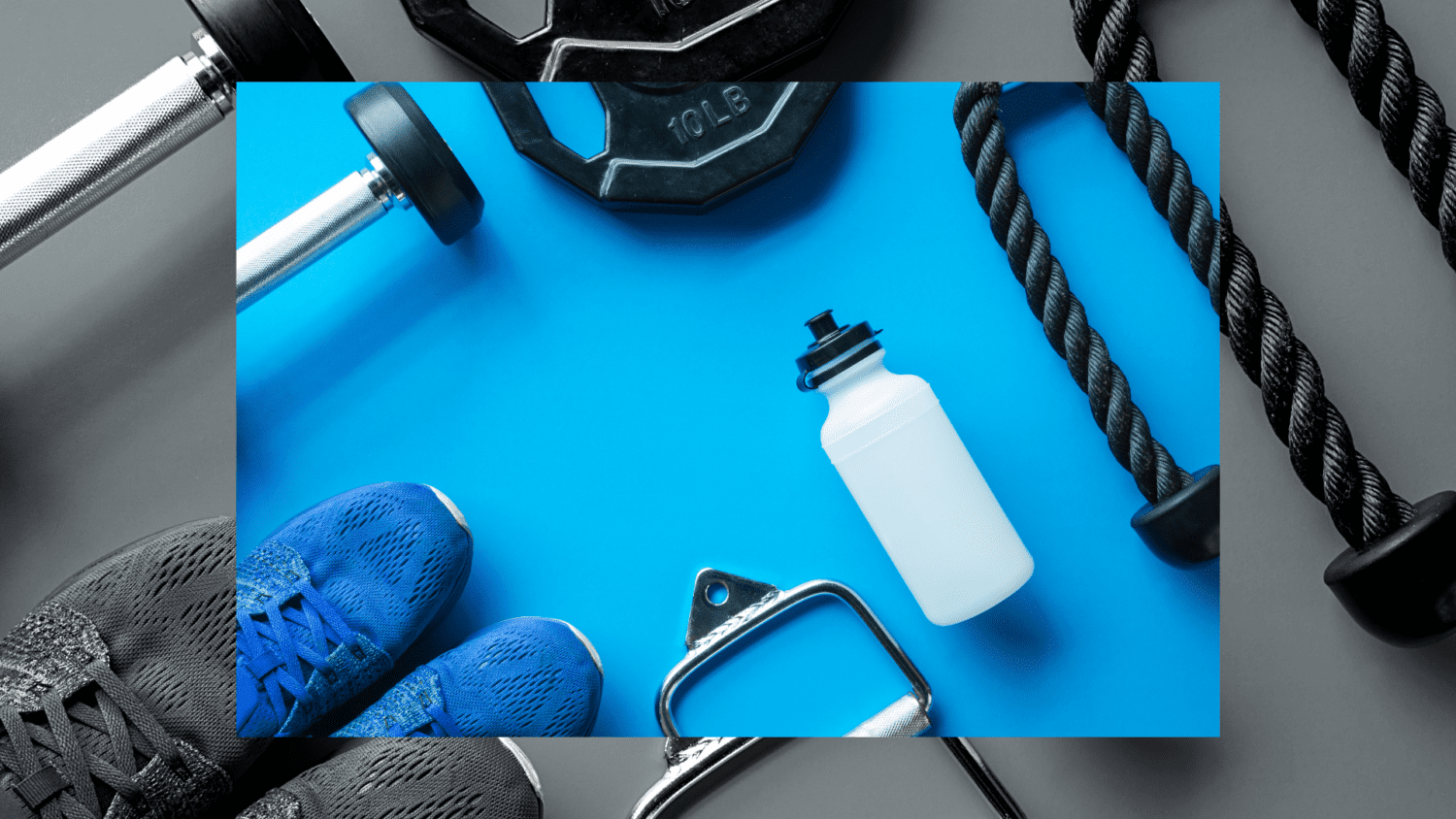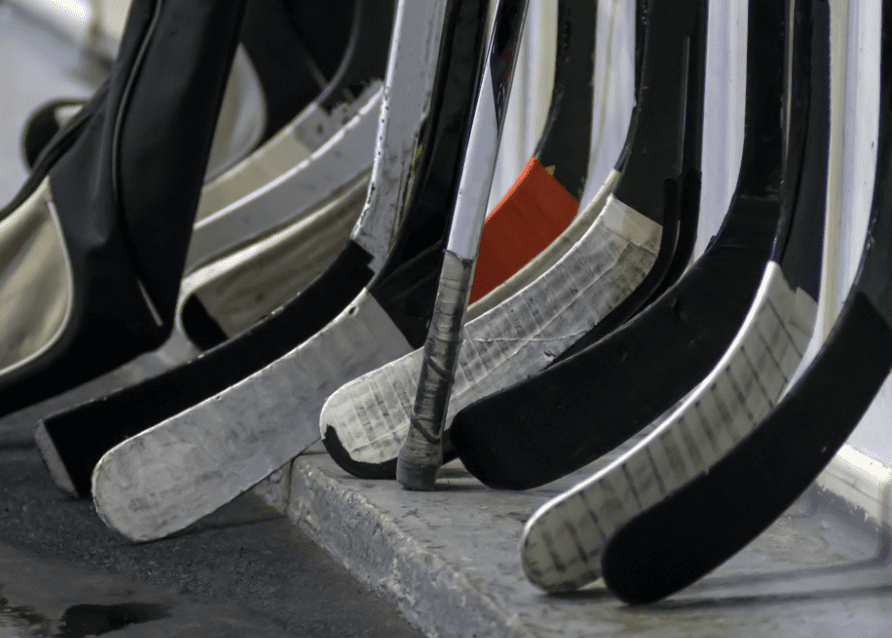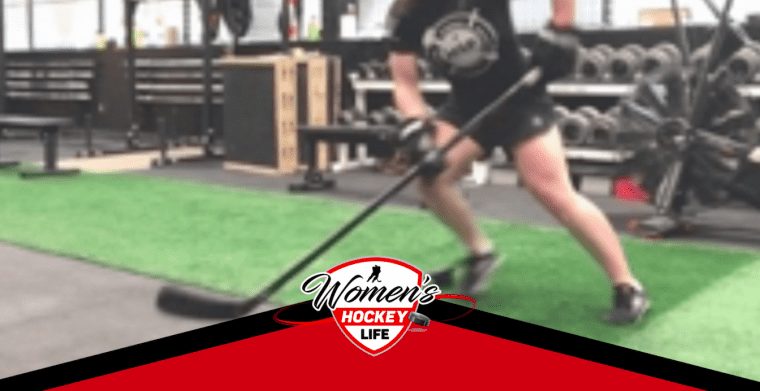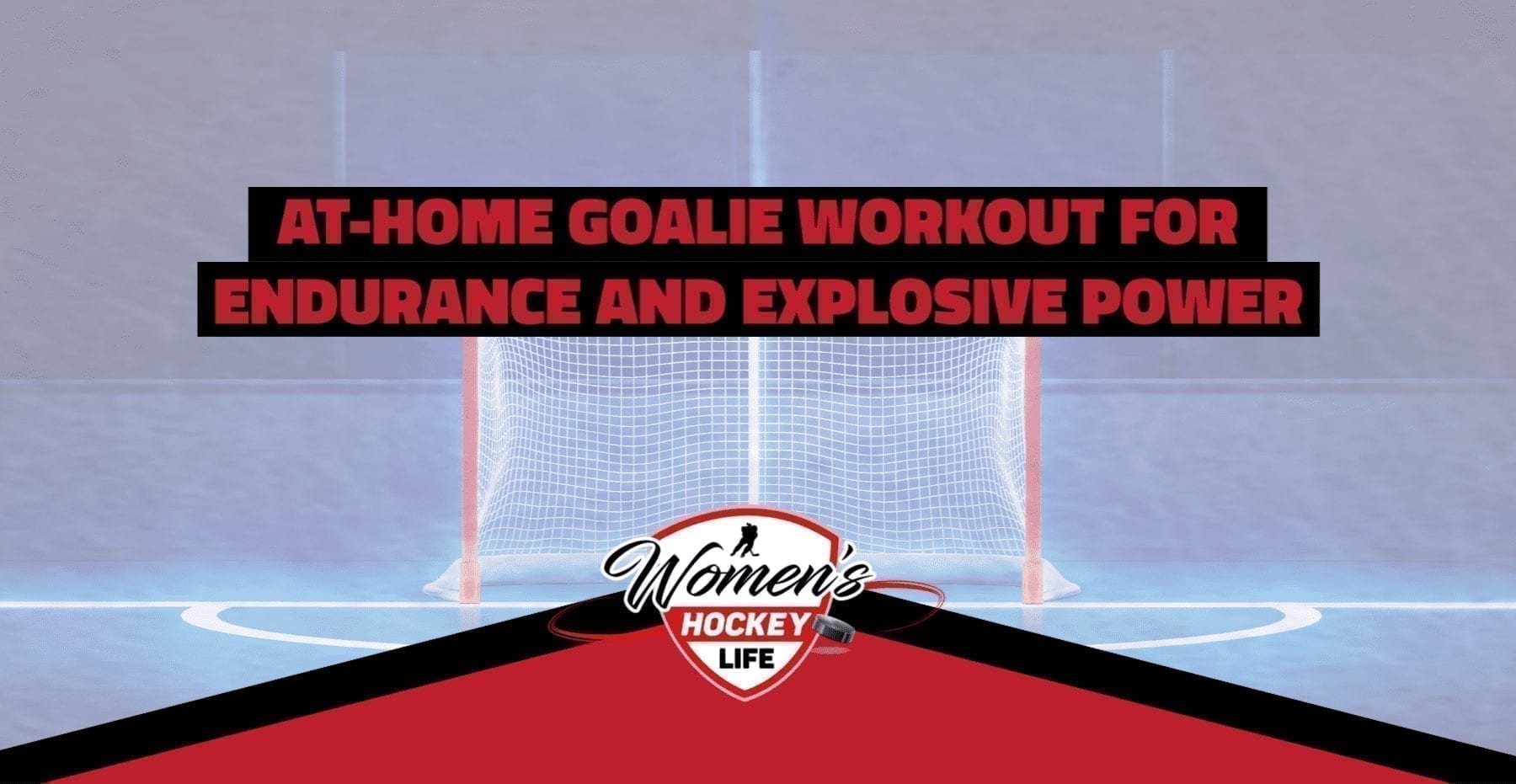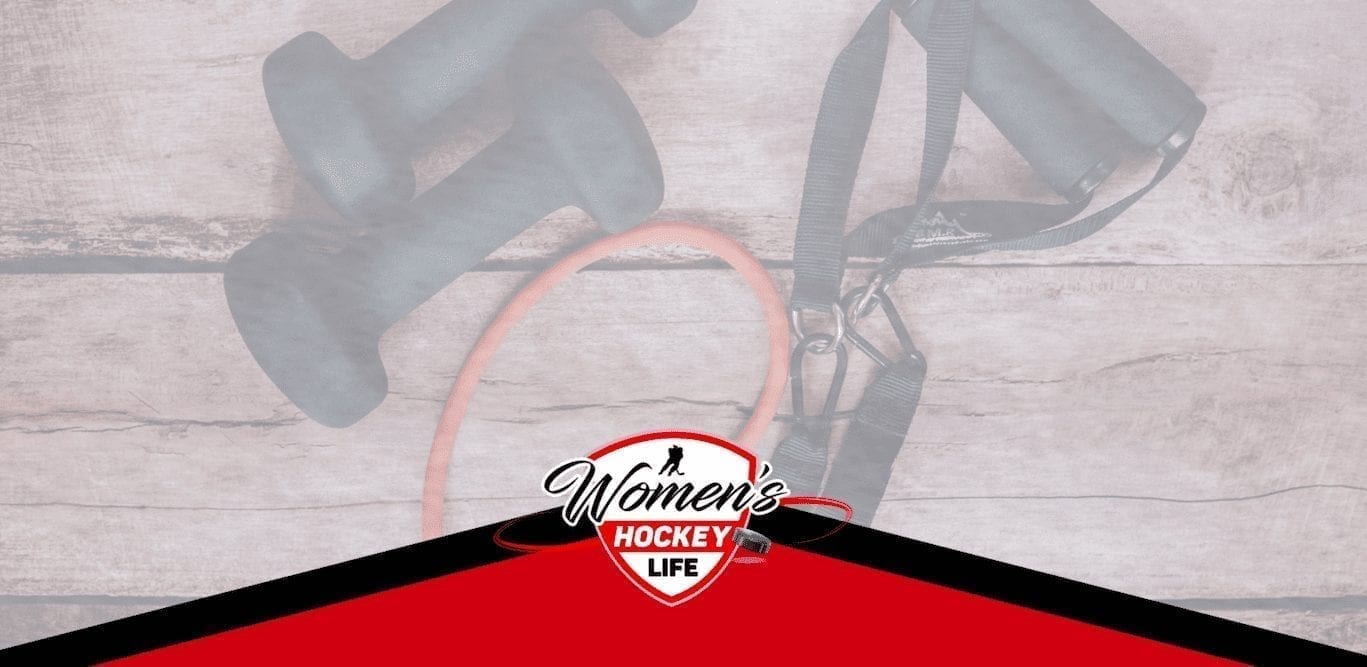Hey hey,
It’s time for another edition of “Master the Fundamentals”, but this week, we’ll be talking about the upper body.
This is most likely everyone’s go-to, because it’s something a little more familiar and a little more safe than loading a barbell on your throat and dropping it like it’s hot without much experience.
I hope you’ve taken the time to learn the lower body movement patterns and build them in as a solid foundation for your training. Now that training camp is here (or around the corner), you should be feeling the positive effects of ripping it up in the gym.
Like I said last month, since my first job in the fitness industry, way back in 2011, I’ve been basing all my programming on Dan John’s 5 essential movement patterns. I have since thrown a sixth into the mix that we touched on last week.
- Lower Body Squat
- Lower Body Hinge
- Upper Body Push
- Upper Body Pull
- Carry or Plank Variation
- Single Leg Movement
Today, we’ll be introducing numbers three through five, talking about upper body and core strength. Again, build the foundation of adequate strength first, then start layering power and speed on top of that.
I talked about moving the big rocks last month in honing in your lower body movement patterns. Well, these are the big rocks of the upper body and core, and should be done before any isolation work like bicep curls, tricep pressdowns, or any other stuff you’ve seen in magazines.
Before we get into it, it’s also important to mention the incredibly high incidence of shoulder injuries in hockey players—especially females. Because of the vulnerable position we put ourselves in and the aggressive and fast-paced nature of the game we all love, injuries are inevitable.
But the majority of them can be prevented or at least reduced in length with strong, bulletproof shoulders built in the gym. By choosing and perfecting the right movements, you can guarantee more shoulder health and less time in the trainer’s’ room.
Upper Body Push
Ah, the pushup.
The movement that sends most women I train running through the door and sometimes makes me want to stick pins in my eyes when I see it performed incorrectly.
But it doesn’t have to be this way.
I see most women completing what may be known as “girl pushups” in the gym. And besides the obvious sexist nature of the name, I hate “girl pushups” with a passion because they don’t translate well into real pushups on your hands and toes.
How many people have you seen doing the same damn pushups from their knees for weeks, months or even years?
You may be one of them…
I find a better option to be raising the hands off the floor but moving from the toes, as in a normal pushup. This creates the context and core stability necessary and allows us to progress towards the floor by progressively lowering the hands.
I suggest you start with your hands on a bench at the gym or a countertop at home and lock down the fundamentals, as you’ll learn about in the video below.
Too easy? Lower the hands. You can use a Smith machine or barbell that’s safely anchored to a rack at the gym, or start lowering to benches, couches or stairs at home.
Too hard? Bring the hands up higher. This isn’t a test that you’ve failed. It’s simply where you need to start.
Always remember, I’d rather you do it right and start a little further back than need to go back and fix a bunch of stuff when your shoulder inevitably starts giving you aggro in the future.
Cool? Cool.
https://www.youtube.com/watch?v=Pkwilj_wvcE
Now that you know the horizontal pressing pattern, let’s talking about the vertical pattern. You gym goers may know this as overhead pressing, but before we do that, we need to make sure you can go overhead.
Perform the test below and if you can’t touch the wall pain free and without cheating, you shouldn’t be going overhead.
Don’t worry, we’ve got options, like the landmine press or even higher incline dumbbell pressing. Remember, healthy shoulders will keep you out of the physio’s office and on the ice.
https://www.youtube.com/watch?v=Te1vkxtmnyk
https://www.youtube.com/watch?v=_-IZuQJIScc
Upper Body Pull
The upper body pull is a close cousin to the push pattern and should be even stronger than it. Healthy shoulders start with a strong pull, which is why you should be including these way more than pressing movements.
The general rule of thumb is pulling three times as much as you push, and completing horizontal pulling movements like rows at least twice as much as vertical pulls like chin-ups and pulldowns.
Let’s start with a great baseline test that’ll force you to move your bodyweight, much like the pushup. Inverted rows are a great way to test pulling strength relative to your bodyweight and should, all things being equal, be stronger than pushups.
For women, if you can do 10 pushups from a standard bench, you should be able to do 20 inverted rows from a barbell.
The video below will help you with set-up. You’ll notice I use a TRX. This is fine, but hard to quantify so I’d suggest using the bar (in the video below) or noting how far out you step with your feet when you test.
The TRX is a great tool, especially if you don’t fair well on the test, allowing you to make pulling your bodyweight a little easier.
https://www.youtube.com/watch?v=3OOYEXHvA0s
https://www.youtube.com/watch?v=UdKmeJADayQ
Another one of my favourite horizontal pulling variations is the single arm dumbbell row, but unfortunately I see it butchered all the time. Give the video below a watch and start building up those lats.
https://www.youtube.com/watch?v=4-fMHCvcP3w
Finally, I’d be remiss if I didn’t mention the bane of most women’s upper body exercises—the chin-up. Once again, there are many ways to scale this exercise, including assisted machines and varying levels of band assistance.
Don’t panic, just focus on proper form and constantly progressing the movement.
Most females tend to hold a lot of tension in the neck and traps, so it’s important not to use that as the primary pulling muscles. Be sure to pull the shoulders down away from the ears and focus on pulling your elbows to your sides rather than painstakingly grunting your head over the bar.
https://www.youtube.com/watch?v=KjqkclJmmqA
Remember, pulling is the key to healthy shoulders. Focus on improving your pulling strength and perfecting pressing form in all variations for happy, healthy shoulders. You may even find yourself with a harder shot, who knows.
Carry Variation
I decided to separate these two core movements because they tend to have such different qualities. Both are incredibly versatile and can take you over the top when done correctly.
They’ll not only allow you to become generally stronger in all the other lifts, but they’ll protect your back and hips from further injury due to all that skating.
Since we’re on a bit of an upper body kick here, a little extra grip strength never hurt any athlete, either.
Below are my three favourite carry variations that should be included in any hockey player’s program at least once a week.
Farmer’s Carry
https://www.youtube.com/watch?v=PwZDHm8EQqc
These are another great way to work on overall core stability, while simultaneously improving grip strength and overall ability to handle heavy weights.
If you’re short on space, you can always do a stationary march for any carry variation.
https://www.youtube.com/watch?v=i03oFvuYXY4
Suitcase Carry
https://www.youtube.com/watch?v=RxcOW0a-Bgs
By keeping the upper body tall and not letting the weight rest on your thigh, you’ll work the anti-rotary and anti-lateral flexion muscles of the core—all of which are crucial in shot power and ability to stave off lower back and hip injuries.
Bottom Up Carry
https://www.youtube.com/watch?v=O5-1XWPwD9A
Add this to an already stellar upper body routine including the movements above and turn those unhappy, injured and sore shoulders into bulletproof wrecking balls.
Plank Variation
In hindsight, I wish I would’ve started this whole thing off with planks, because they set the context for all other movements.
The pushup is simply a moving plank, you need to hold a plank during inverted rows, the top of a deadlift and squat closely resembles a plank and a carry is essentially a walking plank.
Most of you probably think of the old plank test in gym class when I mention planks, so let’s just squash that horrendous form that’ll probably do more harm than good before we even start.
As a hockey player, you probably tend to hang out in what I’d call a hammock, unable to activate your glutes or your anterior core effectively. So, first things first, you’re going to think about pulling your ribcage to your belt buckle and squeezing your butt like you’re holding in a fart.
Ya, I said it.
We’ve all been there…
Now that everything is nice and tight, you’re going to do a REAL plank that’ll actually improve your core stability.
https://www.youtube.com/watch?v=TFA-kuW0pRI
Since hockey isn’t played in just one direction, much like any athletic endeavour, we need to protect from injuries in other planes of movement.
Enter, the side plank—an excellent variation to test shoulder stability and your body’s ability to resist lateral flexion and rotation. Make sure the hips and shoulders are stacked and you’re pulling your elbow towards your ankle.
https://www.youtube.com/watch?v=R3k0iThYOH8
Finally, here’s a great movement for all you goalies (and every hockey player who’s ever tweaked their groin), the adductor side plank.
https://www.youtube.com/watch?v=m_kvn7XNDSs
Or this slightly easier version:
https://www.youtube.com/watch?v=d9Oz6uTX4js
So, if you’ve been paying attention to these last two articles and actually put all these pieces into your current workout routine, you now have the entire package you need to build a more athletic, stronger and more injury-resistant body.
This will not only help your game now, but it will keep you on the ice longer with less aches, pains and injuries.
Yours in upper body strength,
Coach Gav
READ OTHER ARTICLES FROM GAVIN MCHALE:
Strength Training 101: http://ow.ly/4Pah30lV7EE
Breathing Techniques: http://ow.ly/Vwm330lV7ne
Lower Body Fundamentals: http://ow.ly/nP2730lV7kR
[adrotate group=”1″]
Related Articles
Categories
Recent Posts
[adrotate group=”2″]


